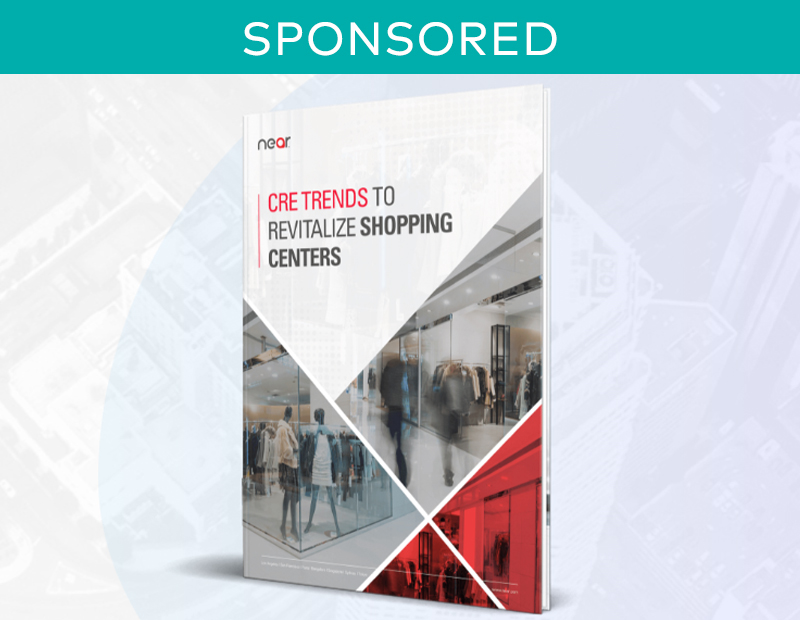[ad_1]

To understand the emerging trends in shopping centers, Near looked at 28 malls across the U.S., comparing performance around consumer behavior data for Q4 of 2022 versus the same time period in 2021 and 2019.
Read Near’s report on CRE Trends to Revitalize Shopping Centers to learn:
- How are shopping centers doing overall?
- What 5 trends are helping boost shopping center performance?
- How can insights from consumer behavior data drive CRE strategy?
How Consumer Behavior Data Can Inform Decisions
If there’s any one constant when it comes to consumer behavior, it’s change. The trends that are resonating now are likely to be different in a few years, or even a few months. In order to stay on top of the changes, it’s critical to leverage consumer behavior data to personalize the shopping experience, focusing on creating engaging and convenient experiences that keep customers coming back for more.
By utilizing consumer behavior data, shopping centers can:
- Understand shopper movement patterns
- Leverage insights to attract the right tenants
- Access insights on competitor locations
- Keep up with market research
And more.
Interested in seeing all the trends, and learning how these strategies have been successfully deployed at shopping centers across the U.S.?
Read CRE Trends to Revitalize Shopping Centers or Sign up for a demo.
[ad_2]
Source link



